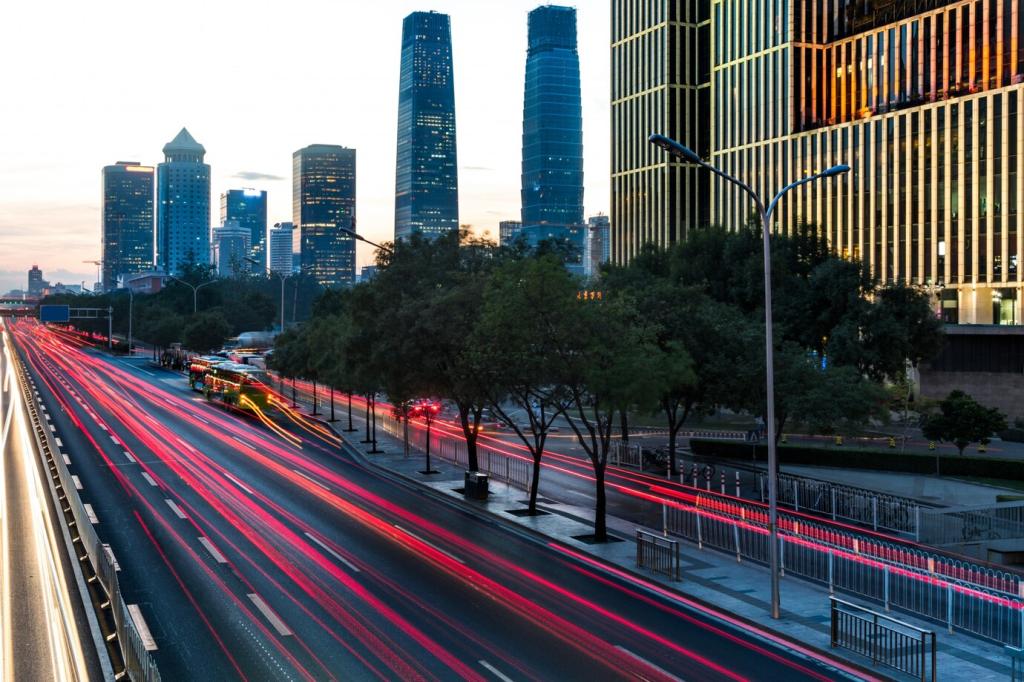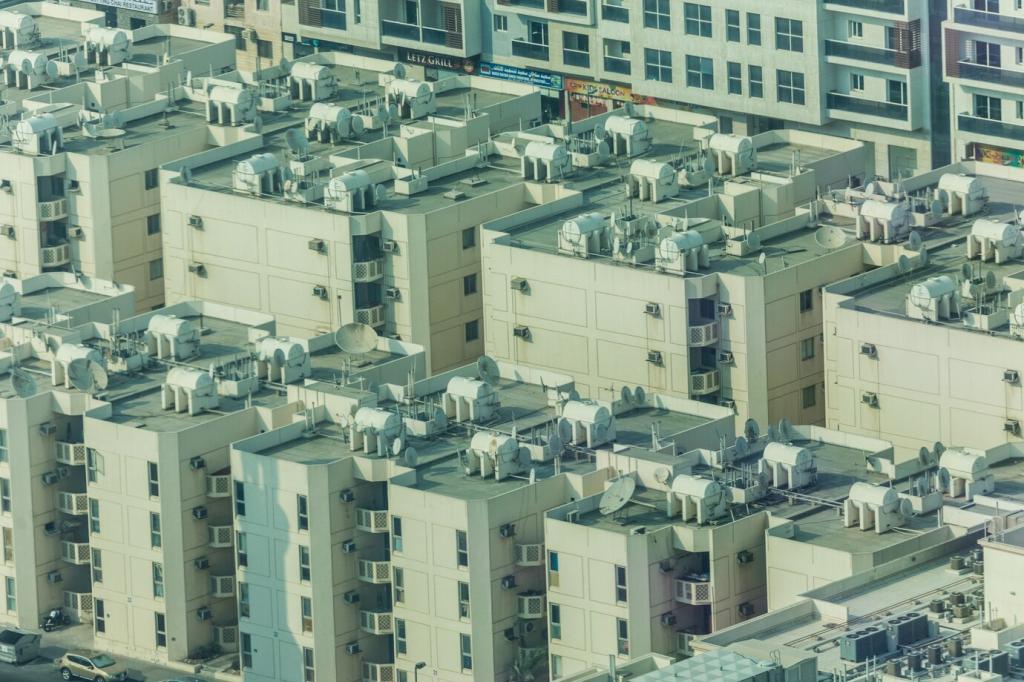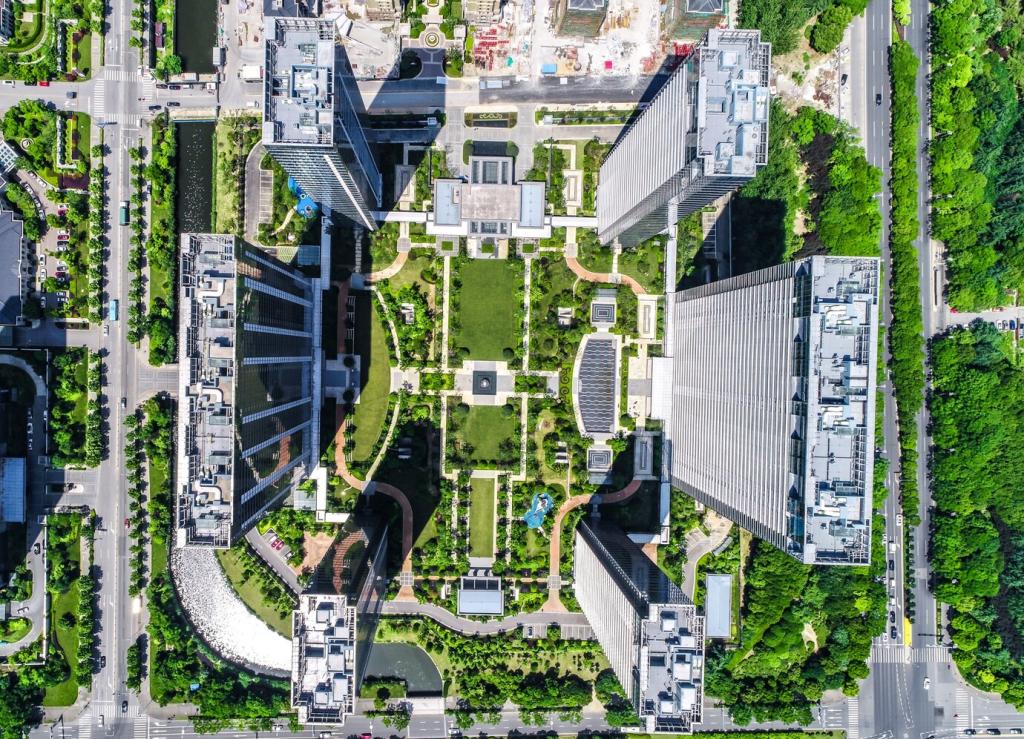The Quiet Power of Less
When a square is clear of clutter, your brain works less to interpret what matters. Sightlines open, routes reveal themselves, and seating becomes obvious rather than hidden. That mental relief converts into time spent, deeper conversations, and the simple joy of watching the city flow around you.
The Quiet Power of Less
The lineage runs from Mies van der Rohe’s restraint to today’s people-first boulevards. We keep the discipline of clean lines, but tune every decision to human scale, inclusive access, and local climate. The outcome is a gentle clarity that honors context rather than imposing spectacle.








